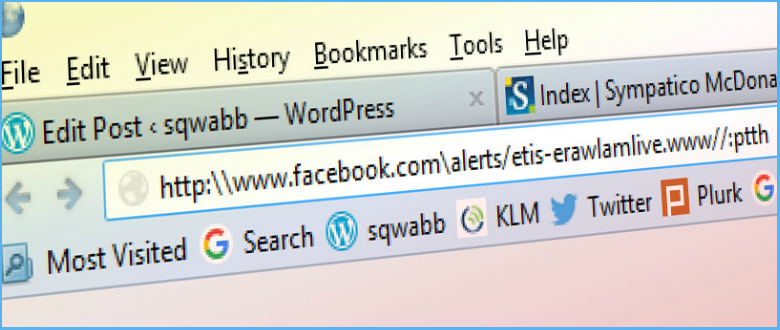Can the web exist without URLs? And if so, how do you look for websites? These are some of the fascinating questions that Google is asking as it strives to make you more secure on the World Wide Web.
The issue with URLs is that they’re hard to understand, and hackers depend on this confusion to develop fake sites, unleash phishing attacks, spread false information or malicious software.
According to Chrome engineering manager Adrienne Porter Felt’s recent statement to Wired, Chrome wants to move toward a place where web identity is understandable by everyone.
Certify your team in cybersecurity before your company is hit by a cyberattack
Adrienne adds, “But this will mean big changes in how and when Chrome displays URLs. We want to challenge how URLs should be displayed and question it as we’re figuring out the right way to convey identity.”
The relationship between online identity and URLs has become much less relevant in the last few years with the advent of URL shorteners. In case you are new to URL shorteners – they shorten long URLs with an easy-to-remember and easy-to-share version, but they also make it easier for hackers to mask malicious sites.
Google is working on making the web safer by notifying users whenever they visited an insecure site; alerting them that the web address they’re accessing doesn’t adhere to the HTTPS standard.
Google admits that it still has quite a distance to cover in understanding how people use URLs. Chrome hasn’t yet made public what it’s considering for what a URL-less web.


